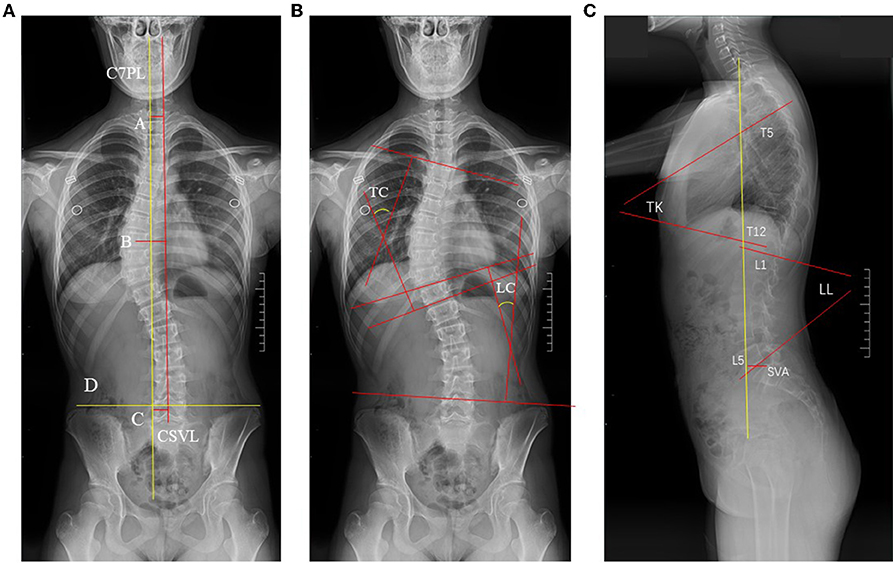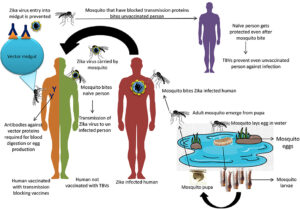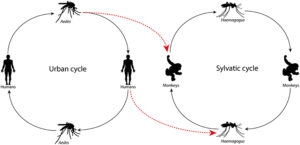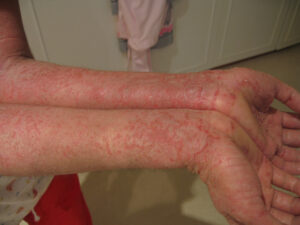Scoliosis, often abbreviated as SC, is a condition characterized by an abnormal sideways curvature of the spine. While it may sound alarming, scoliosis is more common than many people realize, affecting millions of individuals worldwide. This article delves into the intricacies of this condition, exploring its causes, symptoms, diagnosis, and treatment options to provide a comprehensive understanding of how it impacts those who live with it.
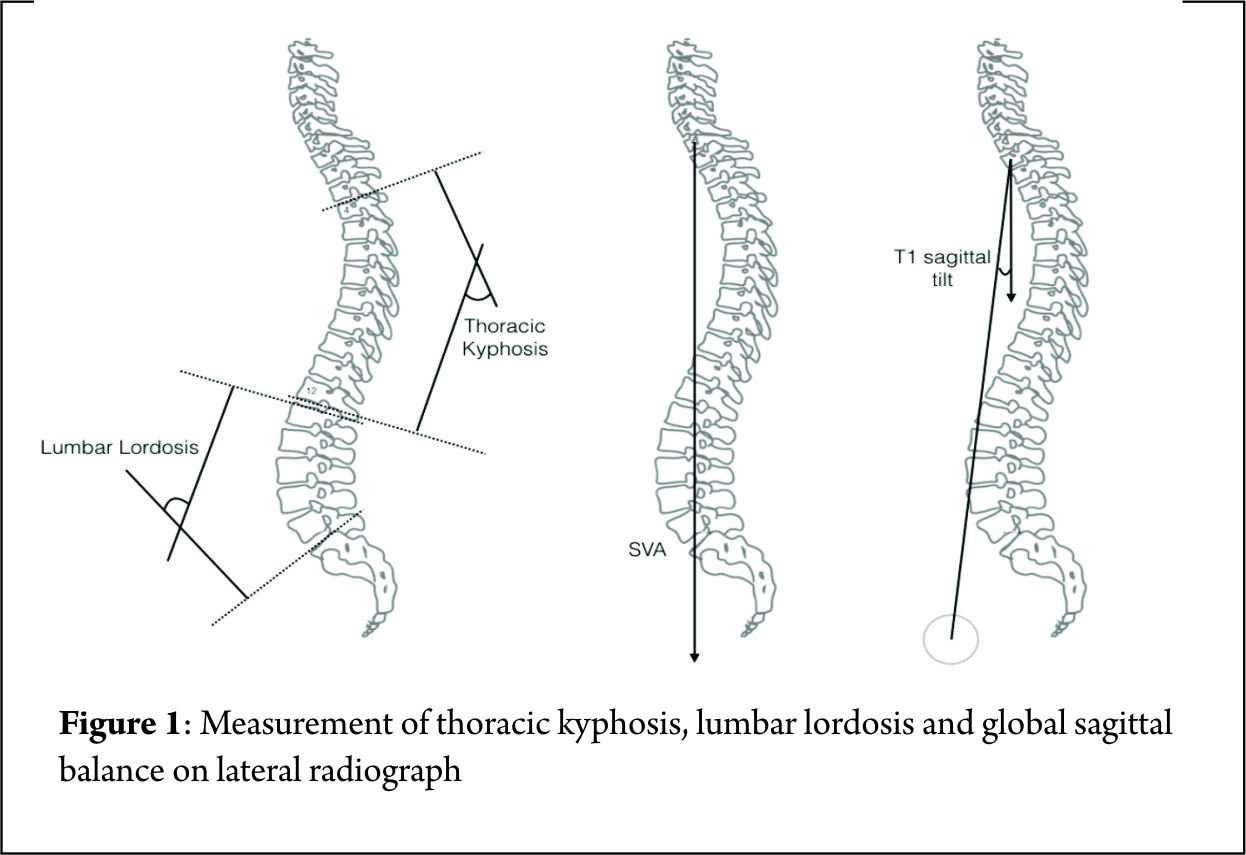
What is Scoliosis?
Scoliosis is a medical condition where the spine develops a lateral or side-to-side curve, often resembling an “S” or “C” shape when viewed from behind. In a healthy spine, the vertebrae are stacked in a straight line, allowing for optimal support and flexibility. However, in individuals with scoliosis, the spine deviates from this alignment, leading to potential physical and functional challenges.
Types of Scoliosis
- Idiopathic Scoliosis: This is the most common type, accounting for approximately eighty percent of cases. The term “idiopathic” means that the exact cause is unknown. It typically develops during adolescence and is more prevalent in females.
- Congenital Scoliosis: This form occurs due to abnormalities in spinal development before birth. It is present at birth and can be identified early in life.
- Neuromuscular Scoliosis: This type is associated with underlying conditions such as cerebral palsy, muscular dystrophy, or spina bifida. These conditions affect the muscles and nerves that support the spine.
- Degenerative Scoliosis: Also known as adult-onset scoliosis, this form occurs due to wear and tear on the spine, often as a result of aging or injury.
Causes of Scoliosis
The exact cause of scoliosis varies depending on the type. For idiopathic scoliosis, researchers believe that genetics may play a significant role, as it tends to run in families. Congenital scoliosis arises from issues during fetal development, such as incomplete formation of the vertebrae. Neuromuscular scoliosis is caused by disorders that impair muscle control and coordination, leading to uneven stress on the spine. Degenerative scoliosis, on the other hand, results from the natural degeneration of spinal discs and joints over time.
Risk Factors
- Age: Adolescents are more likely to develop idiopathic scoliosis.
- Gender: Females have a higher risk of developing severe curves compared to males.
- Family History: A family history of scoliosis increases the likelihood of developing the condition.
- Underlying Medical Conditions: Disorders affecting the nervous system or muscles can contribute to scoliosis.
Symptoms of Scoliosis
Scoliosis symptoms can range from mild to severe, depending on the degree of curvature. Some individuals may not experience noticeable symptoms, while others may face significant physical and functional challenges. Common signs include:
- Uneven shoulders or shoulder blades
- A noticeable curve in the spine
- An uneven waistline or hip height
- Ribs that appear more prominent on one side
- Back pain or discomfort, particularly in adults with degenerative scoliosis
- Fatigue due to muscle strain from compensating for the curvature
When to Seek Medical Attention
If you notice any of these symptoms in yourself or a loved one, it is important to consult a healthcare professional. Early detection and intervention can help prevent the progression of the curve and improve overall outcomes.
Diagnosing Scoliosis
Diagnosing scoliosis typically involves a combination of physical examinations, imaging tests, and evaluations of medical history. Here’s an overview of the diagnostic process:
Physical Examination
During a physical examination, a healthcare provider will assess posture, symmetry, and spinal alignment. They may ask the patient to bend forward at the waist to observe the spine from different angles. This test, known as the Adam’s Forward Bend Test, can help identify any visible curves or asymmetries.
Imaging Tests
To confirm the diagnosis and measure the degree of curvature, imaging tests such as X-rays, magnetic resonance imaging, or computed tomography scans may be performed. These tests provide detailed images of the spine, allowing doctors to determine the severity of the condition and plan appropriate treatment.
Cobb Angle Measurement
The Cobb angle is a standard measurement used to quantify the degree of spinal curvature. A curve of ten degrees or more is considered scoliosis. Based on the Cobb angle, scoliosis is classified as mild, moderate, or severe, which helps guide treatment decisions.
Treatment Options for Scoliosis
Treatment for scoliosis depends on several factors, including the type of scoliosis, the degree of curvature, the patient’s age, and the potential for progression. Below are the most common treatment approaches:
Observation
For mild cases of scoliosis, especially in children and adolescents, regular monitoring may be recommended. During observation, patients undergo periodic check-ups and X-rays to track the progression of the curve. If the curve remains stable or progresses slowly, no immediate intervention may be necessary.
Bracing
Bracing is often recommended for adolescents with moderate scoliosis whose bones are still growing. A brace is designed to prevent further progression of the curve while allowing for normal growth and development. Braces are typically worn for a specified number of hours each day and are custom-fitted to ensure comfort and effectiveness.
Physical Therapy
Physical therapy can play a crucial role in managing scoliosis, particularly for individuals with mild to moderate curves. Specific exercises and stretches can help strengthen the muscles supporting the spine, improve posture, and reduce discomfort. Physical therapy is often used in conjunction with other treatments to enhance overall outcomes.
Surgical Intervention
In severe cases of scoliosis, where the curve exceeds forty to fifty degrees and continues to progress, surgery may be necessary. The most common surgical procedure is spinal fusion, which involves connecting two or more vertebrae using bone grafts and metal rods. This stabilizes the spine and prevents further curvature. While surgery can significantly improve quality of life, it is typically reserved for cases where other treatments have proven ineffective.
Living with Scoliosis
Managing scoliosis requires a proactive approach to maintaining overall health and well-being. Here are some tips for living with this condition:
Maintain a Healthy Lifestyle
Regular exercise, a balanced diet, and adequate rest are essential for supporting spinal health. Low-impact activities such as swimming, yoga, and walking can help improve flexibility and strength without putting excessive strain on the spine.
Prioritize Posture
Good posture is critical for individuals with scoliosis. Practicing proper alignment while sitting, standing, and sleeping can help minimize discomfort and prevent further complications.
Seek Emotional Support
Living with scoliosis can sometimes lead to feelings of self-consciousness or frustration. Connecting with support groups or seeking counseling can provide emotional relief and foster a sense of community among individuals facing similar challenges.
Advances in Scoliosis Research
Ongoing research continues to shed light on the causes and treatment of scoliosis. Scientists are exploring genetic markers that may predict susceptibility to idiopathic scoliosis, as well as innovative non-surgical treatments such as vertebral body tethering. These advancements hold promise for improving outcomes and enhancing the quality of life for individuals with scoliosis.
Emerging Technologies
New technologies, such as three-dimensional printing and robotic-assisted surgery, are revolutionizing the field of scoliosis treatment. These innovations allow for more precise and personalized interventions, reducing recovery times and improving long-term results.
